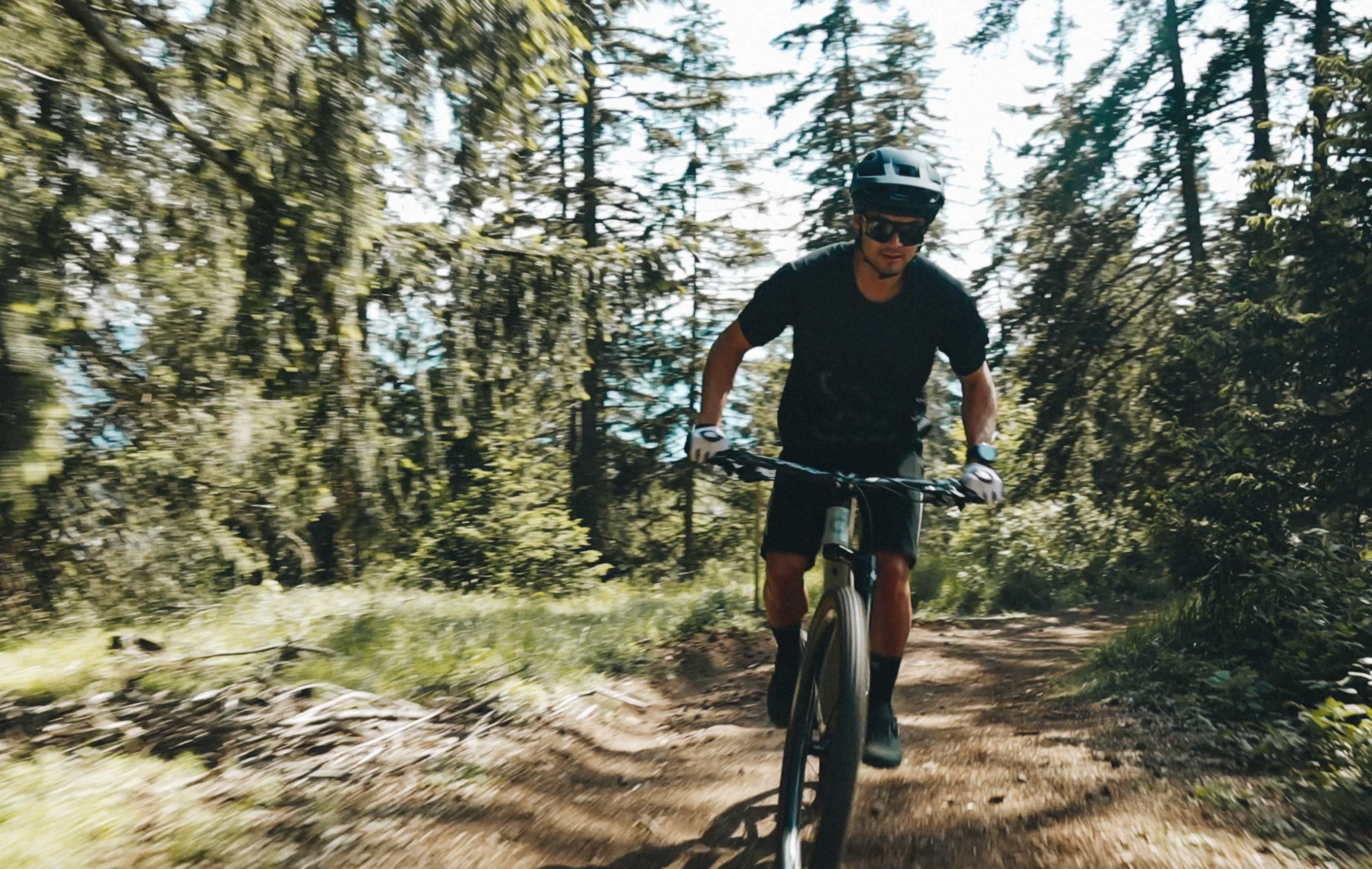Kenta’s XC Tips: Body Positioning

Video by @traxxmedia
In the second video of our series, Cannondale Factory Racing technical coach and former cross-country and downhill pro, Kenta Gallagher, demonstrates how to manage the relationship between body and bike.
There's no cheat code for proper body positioning on a mountain bike: it’s an essential skill you've simply got to learn. Good thing we’ve got the right guy to help.
Kenta Gallagher is a former pro XC and DH racer, now the technical coach of the Cannondale Factory Racing mountain biking team – yep, the team that’s currently ranked the fastest overall team in the UCI World Cup. So listen up.
The physical relationship between your bike and you changes constantly on the trail. How, when, and where you position yourself depends on the section you’re riding, your speed, and what’s coming up next. Let’s let Kenta break it down.
Coach Kenta’s XC Tips & Tricks
1. In the Saddle
You’ll spend most of your time riding in a seated position. The majority of saddles are relatively flat to allow you to shift yourself backwards or forwards, depending on the situation. Big descent? Scooch back. Steep climb? Move forward. Flat and steady? The “regular” middle position is just fine.
2. Standing
Standing on the pedals, more often than not, is about putting down power quickly when you need it. It can help on short, steep climbs, or when coming out of a turn that’s sapped your speed. Standing to pedal is less efficient than sitting because it requires more muscles to be engaged, so it’s not smart to do it for too long. But for short bursts where you’ve got to catch up or get ahead, stand up so you can throw down.
3. Cornering
Corners come in all shapes and sizes. You’ll want to tweak your approach to each one, but Kenta’s a fan of the “flat turn” technique for most: from a slightly elevated positioning – not seated, but not fully standing – you’ll want to shift your weight backwards, enough to keep a bit of a bend in your arms. If you’re locking your elbows, you’ve gone too far. Then, hit the corner with the outside pedal down in the 6-o'clock position, so you’re keeping your center of gravity low and centered between the axles as you lean the bike – not yourself – into the turn.
Conversely, if you’re not making a flat turn – let’s say you have a berm you can push into – then level the pedals out. This will keep you more balanced as you lean with the bike (as opposed to letting the bike do most of the leaning in a flat turn) so you can keep your speed up, focus on your line, and come out of the corner with as much momentum as possible.
Conclusion
Like with many mountain biking skills, merely discussing body positioning can only help so much. There's no substitute for experimenting on your own, so get out there and find trails where you can try Kenta’s different pieces of advice on how to best manage the relationship between your body and your bike. With time, managing it will feel more natural – and the speed will come.